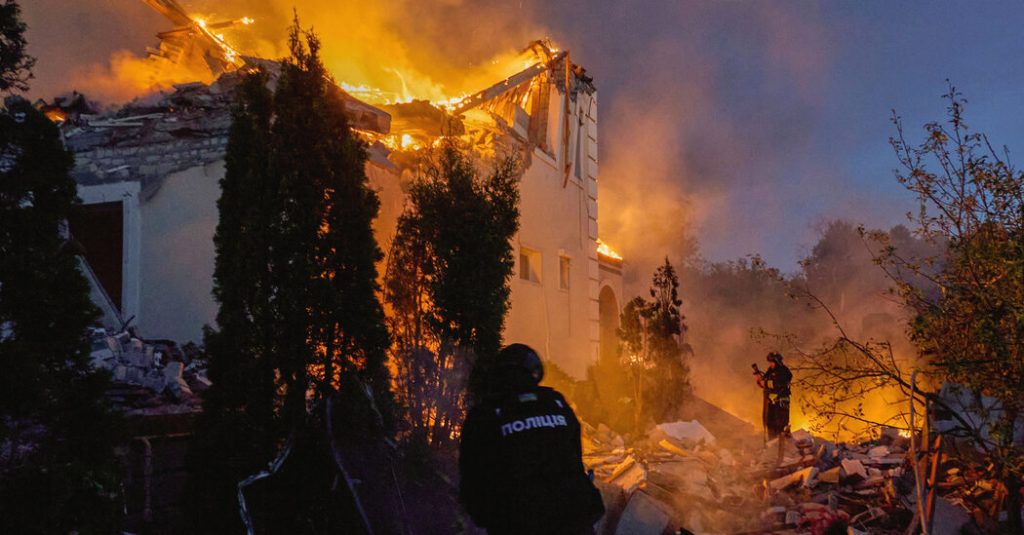Ukraine deployed reinforcements to its northern border after Russian forces attempted to break through Ukrainian lines along a 600-mile front. The Russian assaults, which began with shelling and aerial bombardments, were followed by armored columns trying to breach the border. Ukrainian forces managed to repel the attacks, but battles of varying intensity continued throughout the day. The intent of the Russian incursions remained unclear, with some analysts suggesting they may be aimed at forcing Ukraine to divert resources from other fronts.
A senior Ukrainian commander stated that the Russian attacks appeared to go beyond probing or intelligence gathering, revealing a potential goal of creating a buffer zone along the border. Smaller skirmishes continued into the evening as Russia sought to consolidate control over several small villages near the border. While few civilians remained in the area, casualties were reported, including one resident killed in shelling. The situation presented a significant challenge for Ukraine, with questions about the depth and strength of border defenses and the arrival of new Western weapons to bolster Ukrainian forces.
Military analysts believe that Russia may be attempting to create a buffer zone by establishing a bridgehead across the border, which would allow for increased artillery attacks on Kharkiv, Ukraine’s second-largest city. The Russian advances are seen as a potential effort to strain Ukrainian defenses and draw manpower from other areas of the front line. While Russia likely lacks the forces to capture Kharkiv, the attacks indicate a new phase of fighting that has raised concerns about escalating violence and potential civilian casualties.
A $400 million shipment of air defense interceptors, artillery ammunition, and other weapons was announced by the Biden administration in response to the Russian advances. The latest weapons package follows previous shipments of military aid to Ukraine, which had been delayed due to political obstacles. Russian forces had previously failed to capture Kharkiv in the early stages of the conflict, but recent bombardments of the city have increased, causing damage to infrastructure and residential areas.
Residents in villages close to the border were advised to evacuate as fighting intensified in the region. Ukrainian forces were working to prevent Russian advances, but reports indicated heavy attacks from tanks, armored vehicles, and aircraft. Efforts to evacuate civilians from the border regions had been ongoing for months, as shelling continued to pose a threat to those areas. President Volodymyr Zelensky described a fierce battle with Russian forces and emphasized the determination of Ukrainian troops to defend against the attacks.
The situation at the border remains uncertain, with ongoing battles and efforts to strengthen Ukrainian defenses. The Russian incursions have raised concerns about the escalation of violence and the potential for further destabilization in the region. The influx of troops along the border and the increased intensity of attacks on Kharkiv indicate a strategic shift in the conflict, with both sides preparing for continued fighting. As the situation evolves, international support for Ukraine’s defense efforts will play a crucial role in determining the outcome of the conflict.















